Planning a New Zealand and Australia trip in just two weeks is one of the most exciting — and one of the most challenging — travel problems you can solve. I’m Michael from Virtual Journeys NZ & Australia, and over decades I’ve put together itineraries that balance time, experience, and logistics so you don’t waste a single day. In this post I’ll walk you through a practical, proven 14-day plan that shows you when to go, where to go, what to skip, and how to make the most of every hour on your New Zealand and Australia trip.
Below you’ll find the quick overview, a day-by-day breakdown, weather and timing advice, transport and packing recommendations, budget expectations, and my top tips to avoid the usual mistakes travelers make on a two-week new zealand and australia trip. I’ve also created free PDF itineraries and a custom GPT travel planner you can use to tailor this route to your interests; mention of those resources will appear throughout.
Why this New Zealand and Australia trip works
Two weeks is short if you try to see everything. The goal with this new zealand and australia trip is to hit the iconic highlights while minimizing wasted travel time. We use domestic flights strategically, base ourselves in a few key towns for two-night stays, and build in optional add-ons so you can expand specific regions if you have the time.
This plan comes in two main route orders depending on the time of year you travel. The sequence and logic are simple: concentrate the South Island highlights in a compact loop (Auckland into Rotorua, then fly to Christchurch and drive through Lake Tekapo, Fiordland, and Queenstown), and then switch hemispheres to cover Northern Australia and the Outback without backtracking.
Quick itinerary at a glance (13 nights / 14 days)
- 1 night – Auckland
- 2 nights – Rotorua (via Waitomo Caves if time)
- Flight – Auckland to Christchurch
- 2 nights – Lake Tekapo / Mount Cook region
- 2 nights – Te Anau (Fiordland National Park / Milford Sound day trip)
- 2 nights – Queenstown
- Fly Queenstown → Sydney
- 1 night – Sydney
- Fly north to Cairns / transfer to Port Douglas – 2 nights (Great Barrier Reef, Daintree optional)
- Fly to Uluru / Ayers Rock – 1 night (Outback experience)
- Return to Sydney to connect with your international flight
This sequence is tight but intentionally designed so you leave room for key experiences: a Milford Sound cruise, stargazing and hikes around Mount Cook/Tekapo, Queenstown activities, reef access from Port Douglas, and a compact Uluru experience in the Outback. It’s a classic new zealand and australia trip that gives you a flavor of both countries without running yourself ragged.
When to go: timing matters more than you think
One of the biggest mistakes travelers make on a new zealand and australia trip is choosing dates without considering seasonal differences between the two countries. Depending on your travel month you’ll want to reverse the order of the countries to make the most of weather and conditions.
Traveling March–May (Southern Hemisphere autumn): Start in New Zealand. Why? Autumn in New Zealand delivers spectacular fall colors, especially in Central Otago and parts of the South Island, and the temperatures in Australia — particularly the north and the Outback — begin to ramp up into their hotter months. By starting in New Zealand you avoid the peak Australian summer heat late in your trip.
Traveling September–October (Southern Hemisphere spring): Flip the order and begin in Australia. Early spring in Australia is pleasant, and by starting in Sydney and the north you enjoy milder weather. New Zealand’s spring can be wetter and more changeable, especially in September, so arriving later in the itinerary gives you a slightly more stable window for South Island exploration.
These timing recommendations are simple but powerful: they let you experience both countries in comfortable conditions and reduce the odds of weather-related disappointment on your new zealand and australia trip.
Detailed day-by-day plan and highlights
Below is an expanded itinerary with suggestions for what to do at each stop. Each segment has flexibility built in for flight times and personal preferences.
Day 1: Arrive Auckland (1 night)
Land in Auckland, spend your first night here to beat long-haul fatigue. If you have energy, check out the waterfront at Viaduct Harbour, climb the Sky Tower for a quick orientation, or relax at a waterfront café. The next morning pick up your rental car and head south towards the North Island highlights.
Days 2–3: Rotorua (2 nights)
Drive through the Waitomo Caves area if you want to add a cave or glowworm tour on the way. Rotorua is famous for geothermal landscapes, Māori cultural experiences, and adventure activities. Two nights gives you time to see geysers, geothermal parks, and possibly zipline or canopy tour in the surrounding forest. If you’re keen on lakes, explore nearby Lake Taupō and the Huka Falls region.
Day 4: Fly to Christchurch and pick up a car
Drop off your North Island rental car if needed and take a domestic flight to Christchurch. This saves long driving time and lets you start the South Island with fresh energy. Pick up a midsize or compact SUV at Christchurch and prepare for scenic inland drives toward Lake Tekapo and Mount Cook.
Days 5–6: Lake Tekapo & Mount Cook region (2 nights)
Drive the inland scenic route through Darfield, Methven, and Geraldine if your flight arrival allows — it’s a lovely alternative to the main highway. Use Tekapo as your base to explore Aoraki / Mount Cook National Park. Hike some shorter trails, visit the Church of the Good Shepherd, and plan an evening stargazing session — the Mackenzie Basin is one of the best dark sky areas on earth. Two nights gives you enough time for a day hike and a star-gazing tour or scenic flight if you want that aerial perspective.
Days 7–8: Te Anau / Fiordland (2 nights)
From Tekapo, head south toward Te Anau. Te Anau is your launch point for a Milford Sound day trip. I highly recommend allocating a full day for Milford Sound — the cruise through the fiords is a highlight of any new zealand and australia trip. If you’re a hiker, consider spending more time in Fiordland for multi-day trekking options; Te Anau is essentially the hiking capital of the South Island.
Days 9–10: Queenstown (2 nights)
Finish the South Island segment in Queenstown, the adventure capital. Two nights lets you sample key activities — a jet boat ride, gondola ride, or wine tasting in the Gibbston Valley. If you prefer outdoor adventures, substitute activities: skiing in winter, hiking or mountain biking in summer, or a scenic cruise on Lake Wakatipu. Fly from Queenstown to Sydney for the Australia leg.
Day 11: Sydney (1 night)
Spend a short night in Sydney to experience the harbourfront. With only one night, prioritize the Opera House and a walk around Circular Quay, or a quick evening at Darling Harbour. The idea is a taste of the city before heading up north. You can extend this stop if you want a full day in the city before flying north.
Days 12–13: Port Douglas / Great Barrier Reef (2 nights)
Fly from Sydney to Cairns and transfer up to Port Douglas. I prefer Port Douglas for its village feel and easier access to the outer Great Barrier Reef. Two nights allows a full day reef cruise or snorkel trip. If you have a third night here, head into the Daintree Rainforest for a guided experience among some of the world’s oldest tropical rainforest. There are multiple day tours available to suit different comfort levels and interests.
Day 14: Uluru / Outback quick visit (1 night)
From Port Douglas fly back via Cairns to central Australia (serviced through flights into Uluru / Ayers Rock). One night here gives you an iconic Outback experience: watch the sunset and sunrise over Uluru, take a guided base walk or cultural tour, and absorb the unique red desert atmosphere. Then fly to Sydney to catch your international departure.
Domestic flights, rental cars and logistics
Make sure you book all domestic flights in advance. Flight inventory and fares in New Zealand and Australia can jump quickly; early booking not only saves money but also keeps your itinerary reliable. The route is designed around a few key domestic hops that save a lot of driving hours and maximize sightseeing.
For rental cars I recommend a compact or midsize SUV with sufficient luggage space for both countries. You’ll want comfortable luggage room plus some ground clearance for occasional rougher surfaces. Note: you only really need a four-wheel drive in Australia if you plan to go off-road into remote areas. For the standard route described here a 2WD SUV is fine.
Vehicle pickup and drop-off tips
- Pick up your North Island vehicle in Auckland and drop it at Rotorua airport if that aligns with your flight to Christchurch — this minimizes rental days and avoids extra driving.
- Pick up a second vehicle in Christchurch for the South Island segment — often cheaper and simpler than cross-island one-way car arrangements.
- Inspect rental cars carefully and document any existing damage with photos to avoid disputes.
Packing and clothing for a two-country trip
You’ll cross multiple climate zones on this new zealand and australia trip, so packing smart matters. Layers are everything: merino or technical base layers, a good mid-layer, and a quality rain jacket are essential. Weather can change quickly, especially in New Zealand’s South Island. A lightweight, packable down jacket is handy for chilly nights in Tekapo or early morning at Uluru.
Footwear: comfortable walking shoes or light hiking boots for trails in Mount Cook and Fiordland, and sandals or lighter shoes for the reef and tropical north. Sun protection (hat, sunscreen) is essential in Australia’s north and Uluru region. If you plan on stargazing in Tekapo, include warmer sleep layers for night outings.
Budget reality: plan for comfort
Full transparency: this itinerary is not budget backpacking. Between international flights, two domestic flights, multiple rental cars, accommodation, and key tours (Milford Sound cruise, Great Barrier Reef trip, scenic flights or guided tours), plan on a comfortable budget of roughly USD 4,000–5,000 per person. That estimate can drop if you travel in shoulder seasons, choose more economical accommodations, or reduce paid tours, but tours like Milford Sound and reef trips are cornerstones — and worth the splurge for many travelers.
Accommodation costs increase during peak seasons: in New Zealand the busy period is November–March, while in Australia the northern and Outback tourism peaks are roughly May–September. Book hotels and tours well in advance for those windows.
Must-do tours and experiences (worth the cost)
- Milford Sound cruise (Fiordland) — a full-day trip through glacier-carved fiords, waterfalls, and wildlife.
- Great Barrier Reef outer-reef day cruise or liveaboard — choose a reputable operator with reef conservation credentials.
- Tekapo or Mount Cook stargazing experience — Mackenzie Basin night sky is exceptional.
- Uluru sunset & sunrise viewing plus a guided cultural experience.
Booking and planning resources I’ve created
To help you plan this exact new zealand and australia trip, I created downloadable PDF itineraries with driving times, recommended accommodations, and booking notes. I also built a custom GPT travel planner that customizes the route based on your interests, pace, and budget. Use these tools to adapt the core plan: add a day in Queenstown for more adventure activities, extend Port Douglas for a Daintree overnight, or swap one South Island stop for more time in Mount Cook if stellar hiking is your priority.
How to tweak the plan to fit your style
This itinerary is intentionally compact; here are common tweaks and how to make them work:
- More beach and reef time: Add nights in Port Douglas or Cairns and skip Uluru if you prefer coral reef and tropical forest immersion.
- More hiking and outdoors: Add extra nights in Te Anau or Queenstown and reduce time in urban Sydney to prioritize day hikes or multi-day treks.
- More city time: Extend Sydney and Auckland stays to explore museums, food scenes, and nearby day trips (Blue Mountains from Sydney, Waiheke Island from Auckland).
- Slow travel: If you want fewer flights and more driving, convert one domestic flight into a scenic drive on the South Island — add 1–2 days and expect more time behind the wheel.
Common mistakes I see travelers make
- Trying to see both countries without thoughtful sequencing — results in high heat in Australia or wet spring weather in New Zealand and an exhausted schedule.
- Underestimating travel times between highlights and booking late domestic flights.
- Packing only for one climate — you will need both sun protection and rain/warm layers.
- Leaving staple tours like Milford Sound and a reef visit off the list to save money — these are often the defining experiences of a new zealand and australia trip.
Final checklist before you go
- Book all domestic flights and key tours in advance (Milford Sound, Reef trips).
- Reserve rental cars early — midsize SUVs are recommended.
- Confirm one-way rental car policies if you plan to drop vehicles at airports.
- Download the PDF itinerary and feed your dates into the GPT travel planner to generate a customized schedule.
- Pack layers, quality rain jacket, sun protection, and appropriate footwear.
- Budget at least USD 4,000 per person for a comfortable experience and prioritize the emblematic tours.
- Check seasonal advice: travel New Zealand first in March–May; start in Australia if traveling September–October.
Why this plan beats piecemeal travel
When I craft a new zealand and australia trip plan, the focus is on flow: minimizing drain from transit, spacing two-night stays where you’ll use them as real bases, and preserving the memorable experiences that define both countries. This approach gives you the South Island’s dramatic alpine and fiord scenery, Rotorua’s geothermal and cultural appeal, Queenstown’s adventure opportunities, and Australia’s urban, tropical, and Outback contrasts — all within a reasonable two-week window.
Parting tips and how to get my itinerary tools
If you want the exact daily timings, recommended hotels, and booking links for the route above, download the PDF itinerary and try the custom GPT travel planner I made specifically for this two-week new zealand and australia trip. These tools let you tweak time allocations, swap in alternative activities, and adjust for travel dates and budgets. They’re intended to take the guesswork out of planning so you can spend time looking forward to the trip rather than worrying about the logistics.
Finally, remember: this is a fast-paced but hugely rewarding itinerary. Expect to move briskly, see many of the region’s defining sights, and come away with a real sense of how varied and spectacular New Zealand and Australia are. If you want to slow down, simply add a day or two in the places that appeal most — Tekapo, Te Anau, Queenstown, Port Douglas, and Sydney are all excellent spots to linger.
See you on the road
Planning and executing a two-week new zealand and australia trip is a challenge I love helping you solve. Use the tools I mentioned, book the key flights and tours early, pack smart, and enjoy the contrast between alpine fiords and tropical reef, Maori culture and Aboriginal Outback. If you stick to the plan and the seasonal advice here, you’ll get an unforgettable, efficient, and thoroughly satisfying adventure. Safe travels — and I’ll see you out there.
Additional Travel Resources for a South Island New Zealand Itinerary
To further enhance your trip, here are some valuable resources:
- Download the 100% FREE NZ Travel Planning Sheet here
- Watch our NZ Travel Planning Playlist on YouTube here
- Review our NZ Sample Travel Itineraries on YouTube here
- Check out our NZ Road Trips Playlist for route inspiration here
- Visit key NZ Travel locations on our playlist here
- Explore our NZ Must Do & See Playlist here
Self-drive Road Trips:








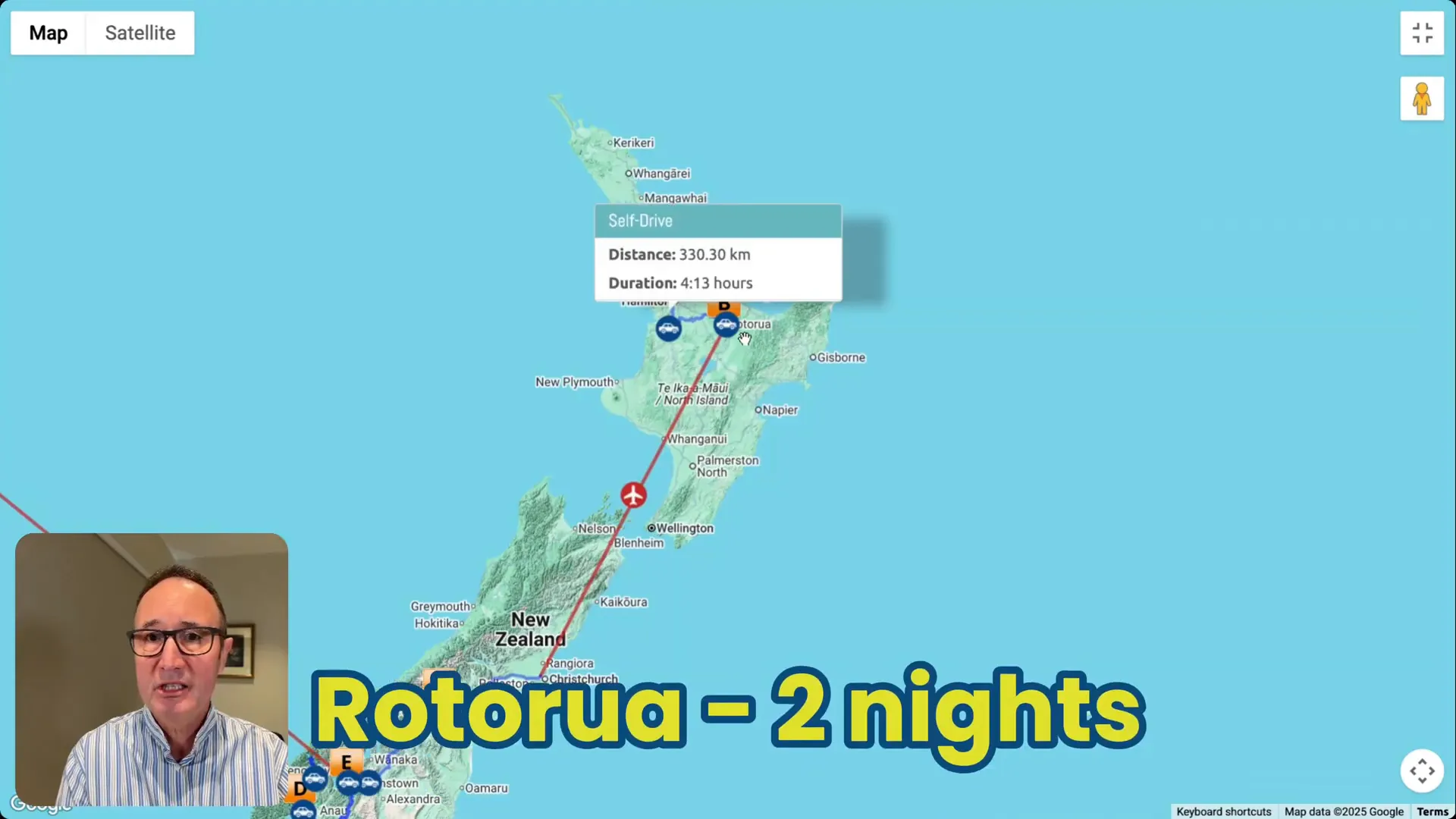
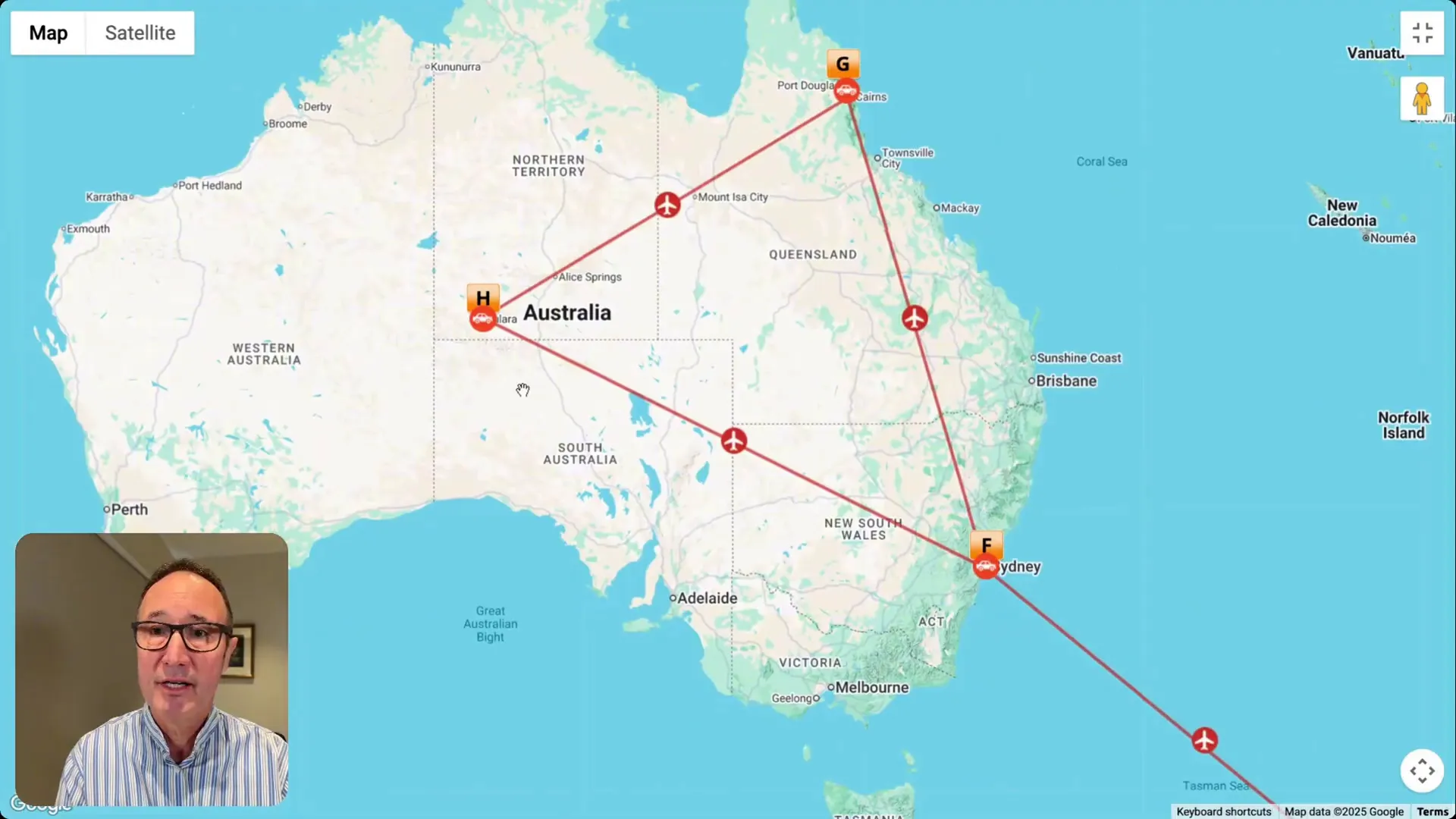

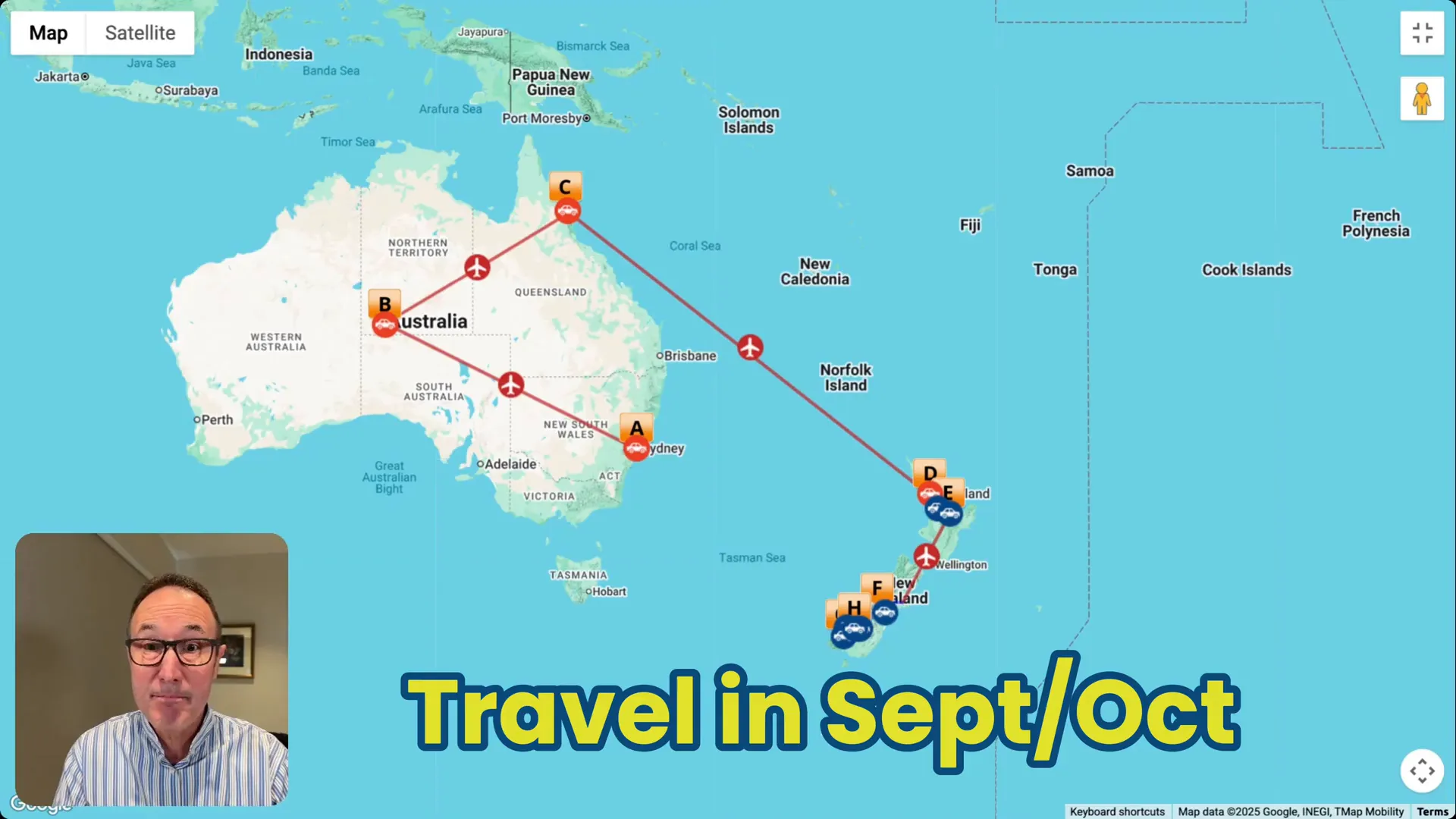
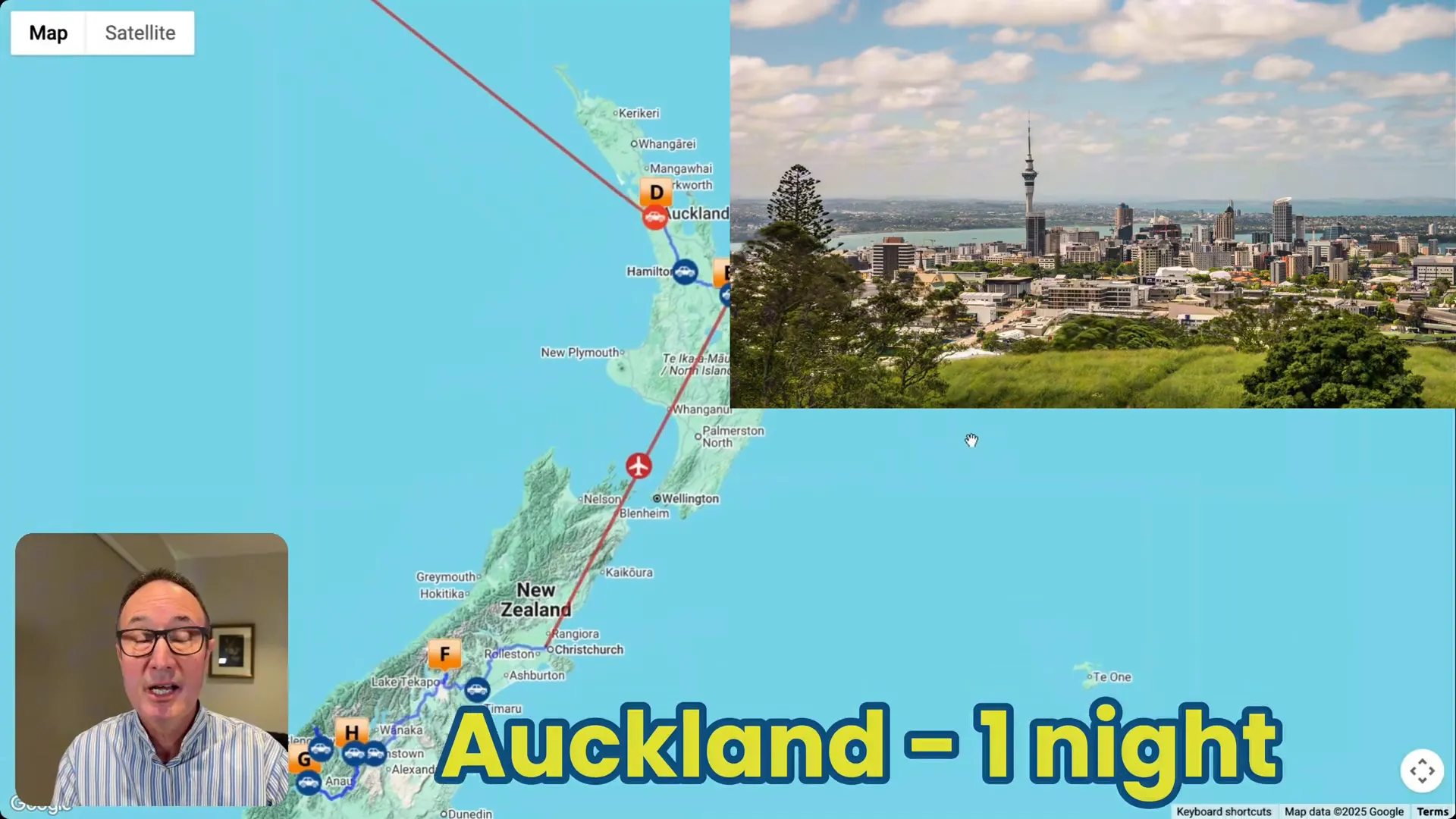
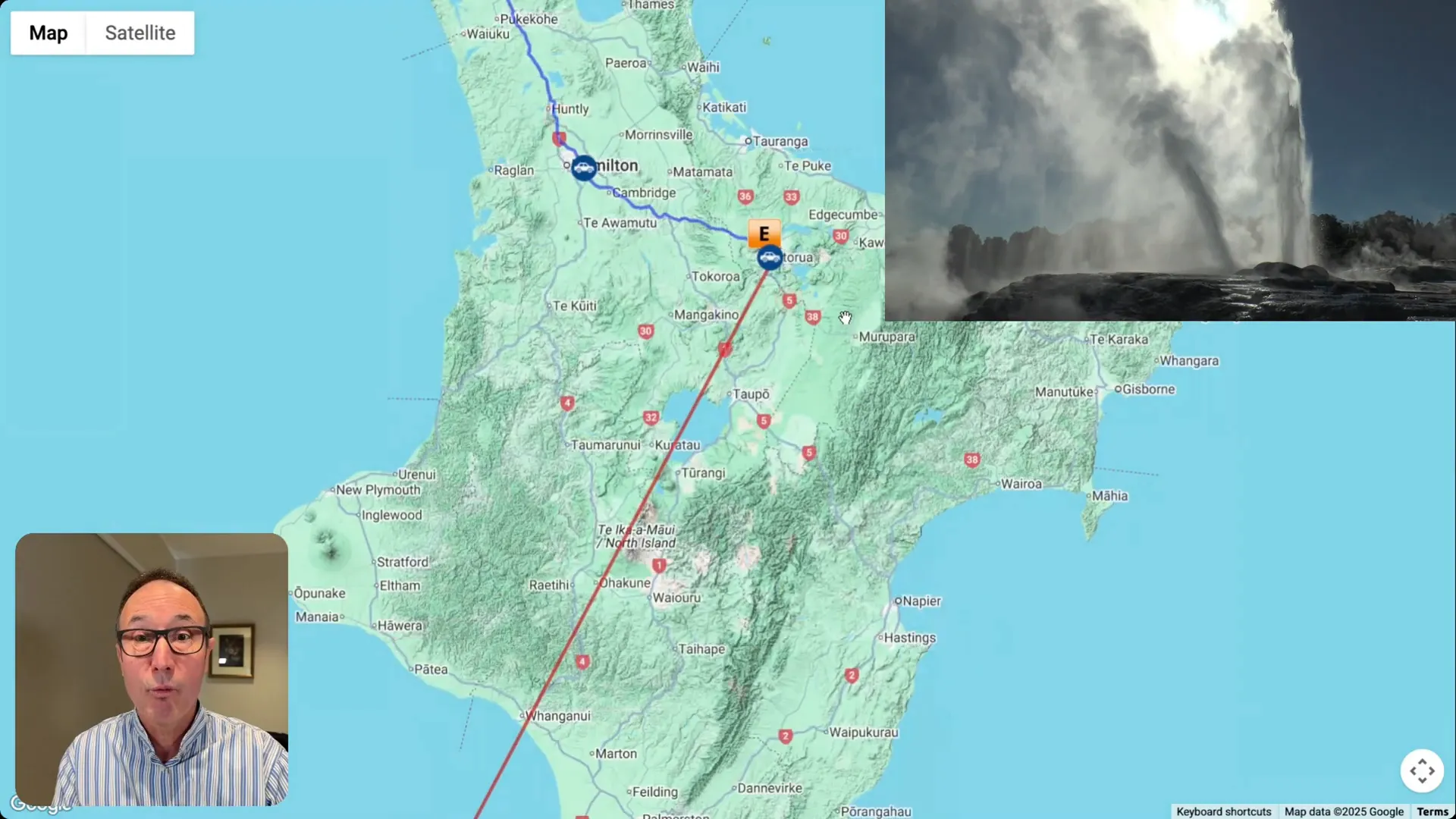
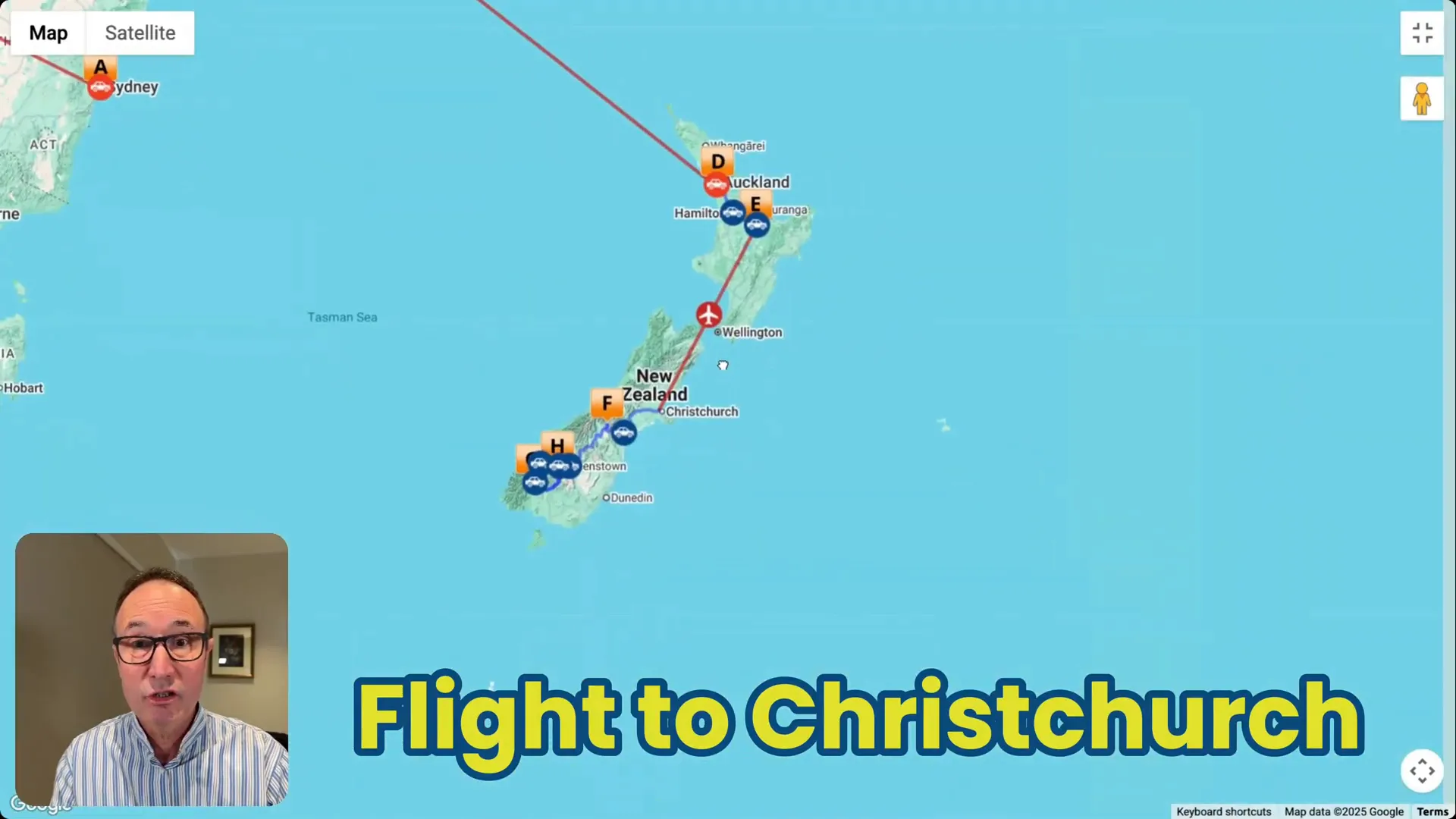
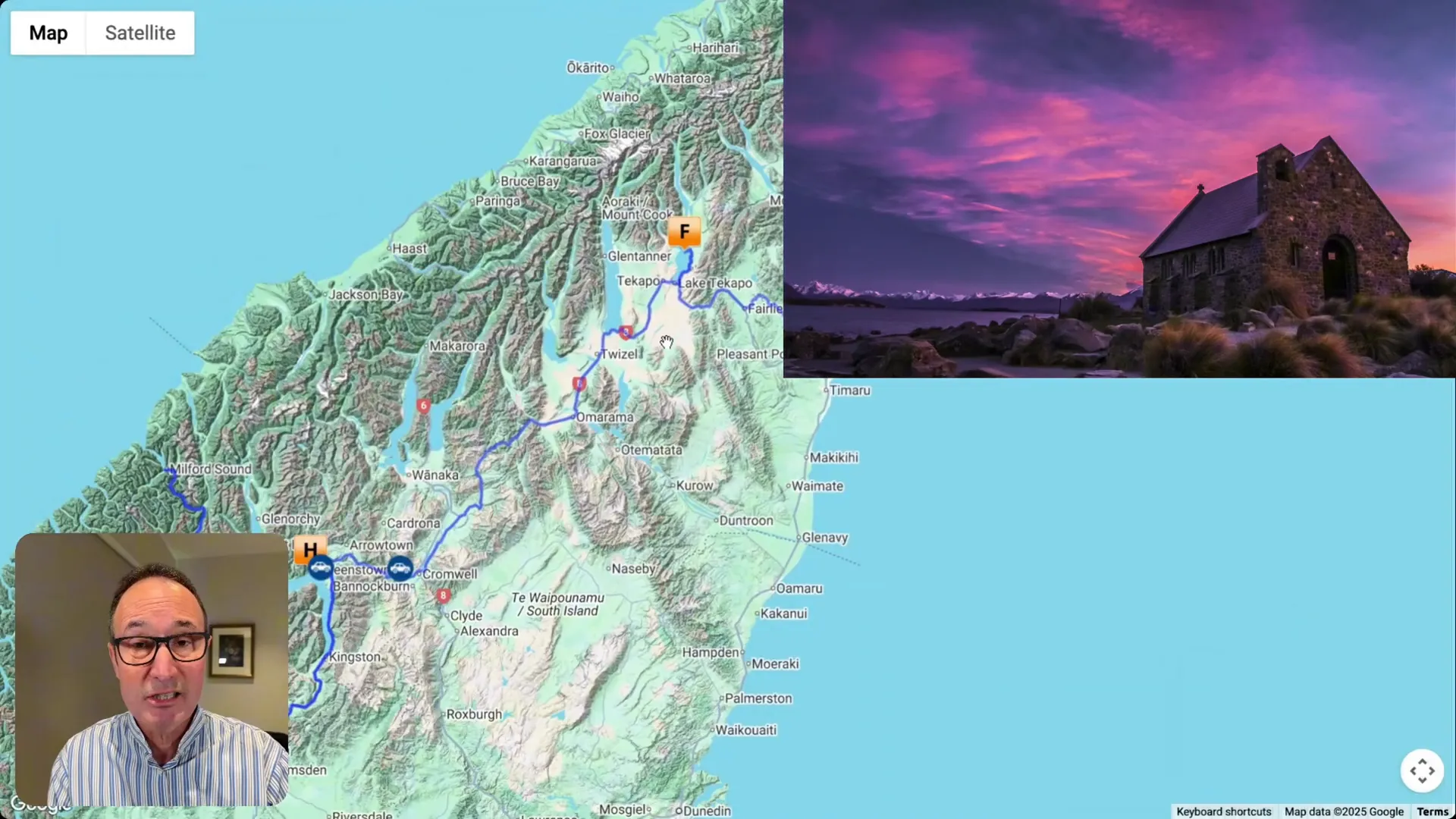
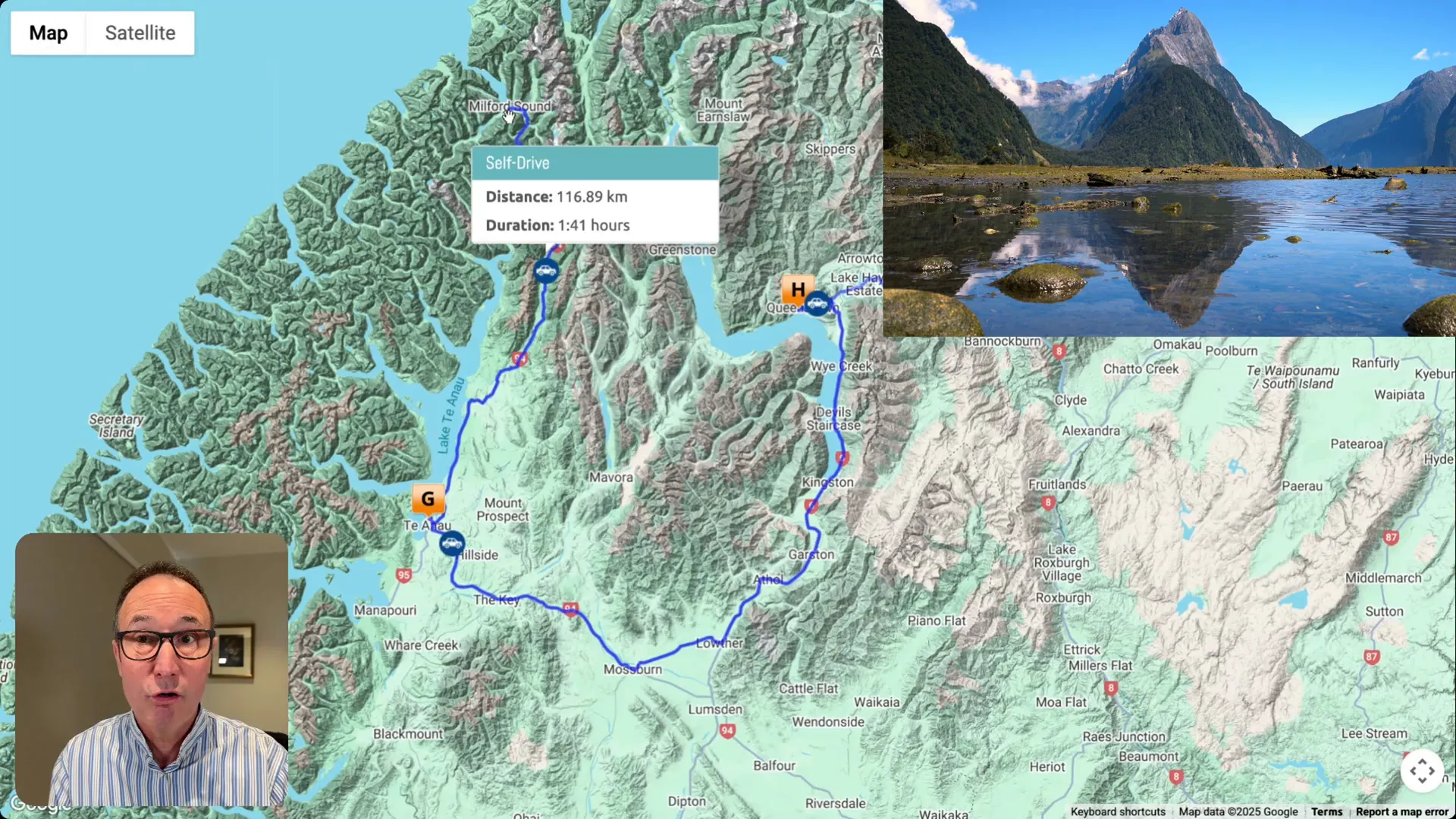

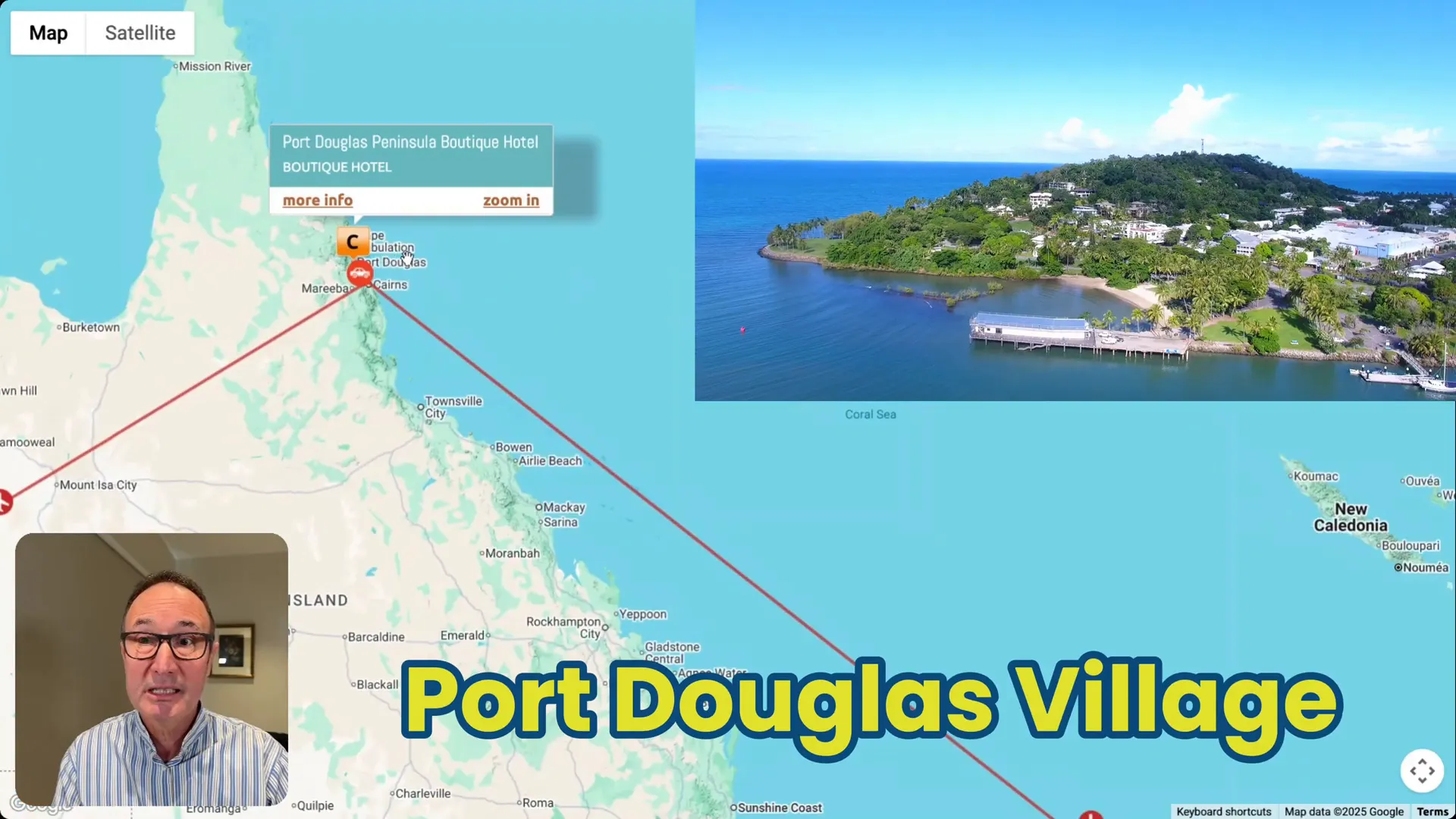
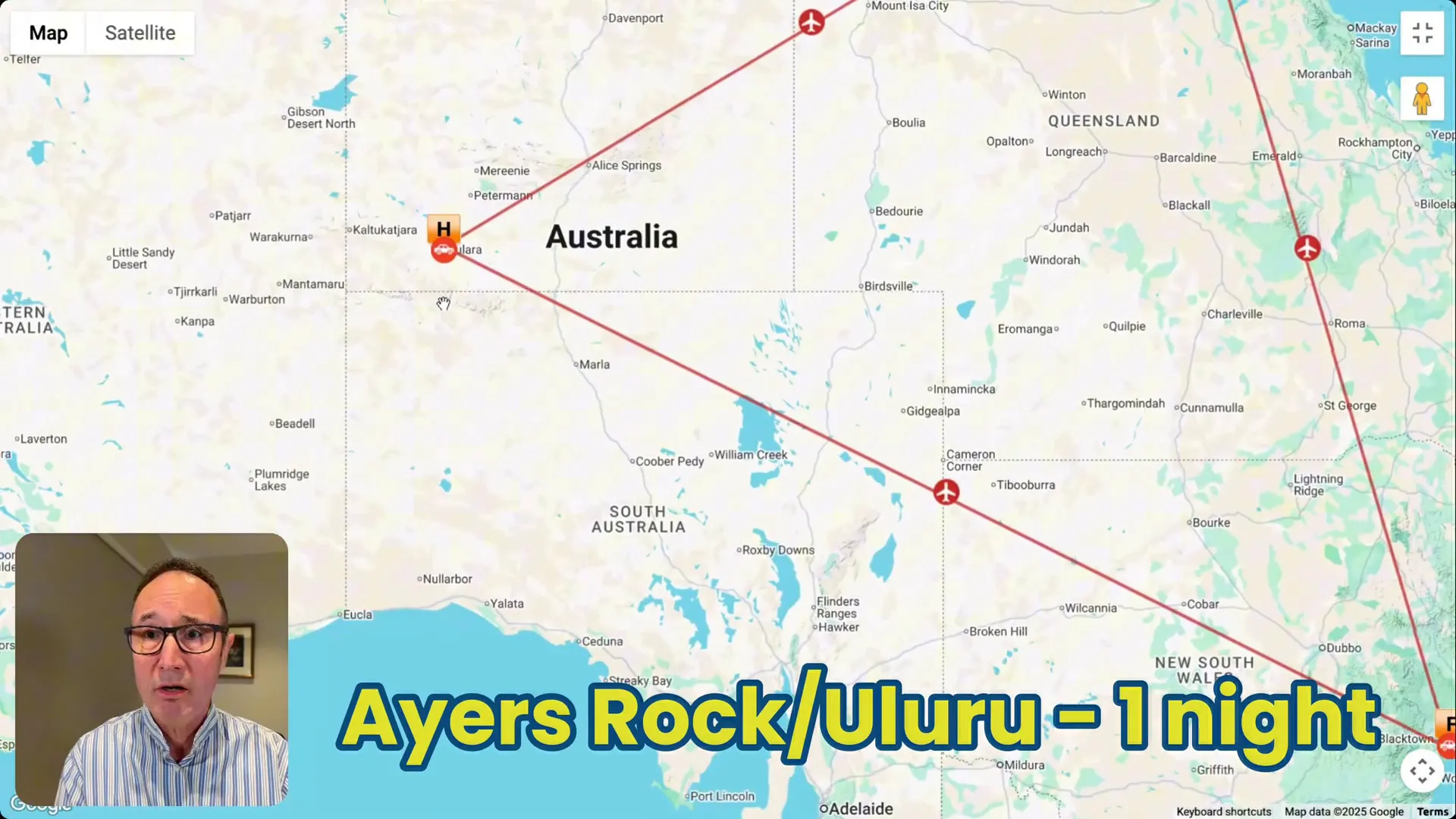

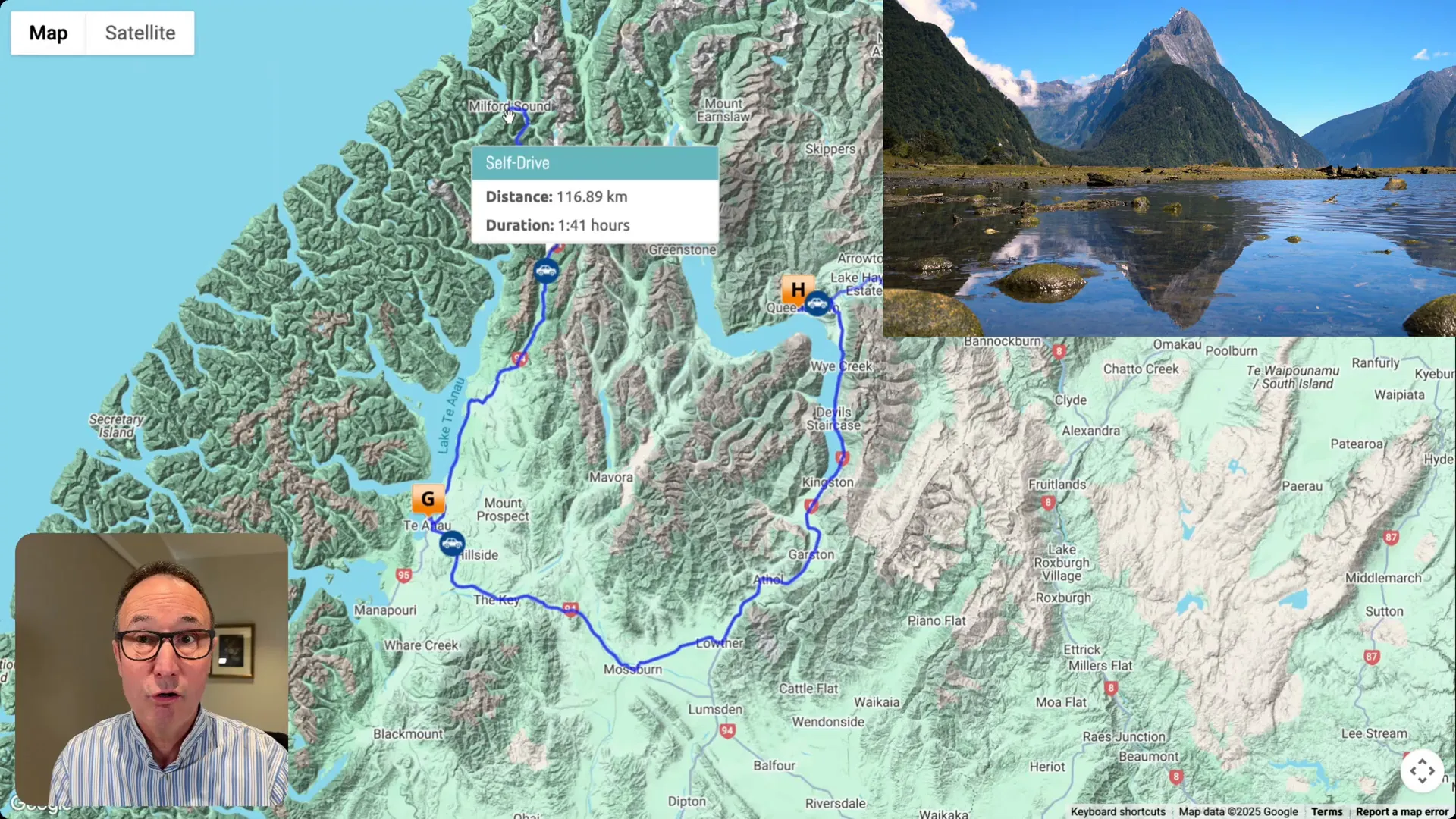
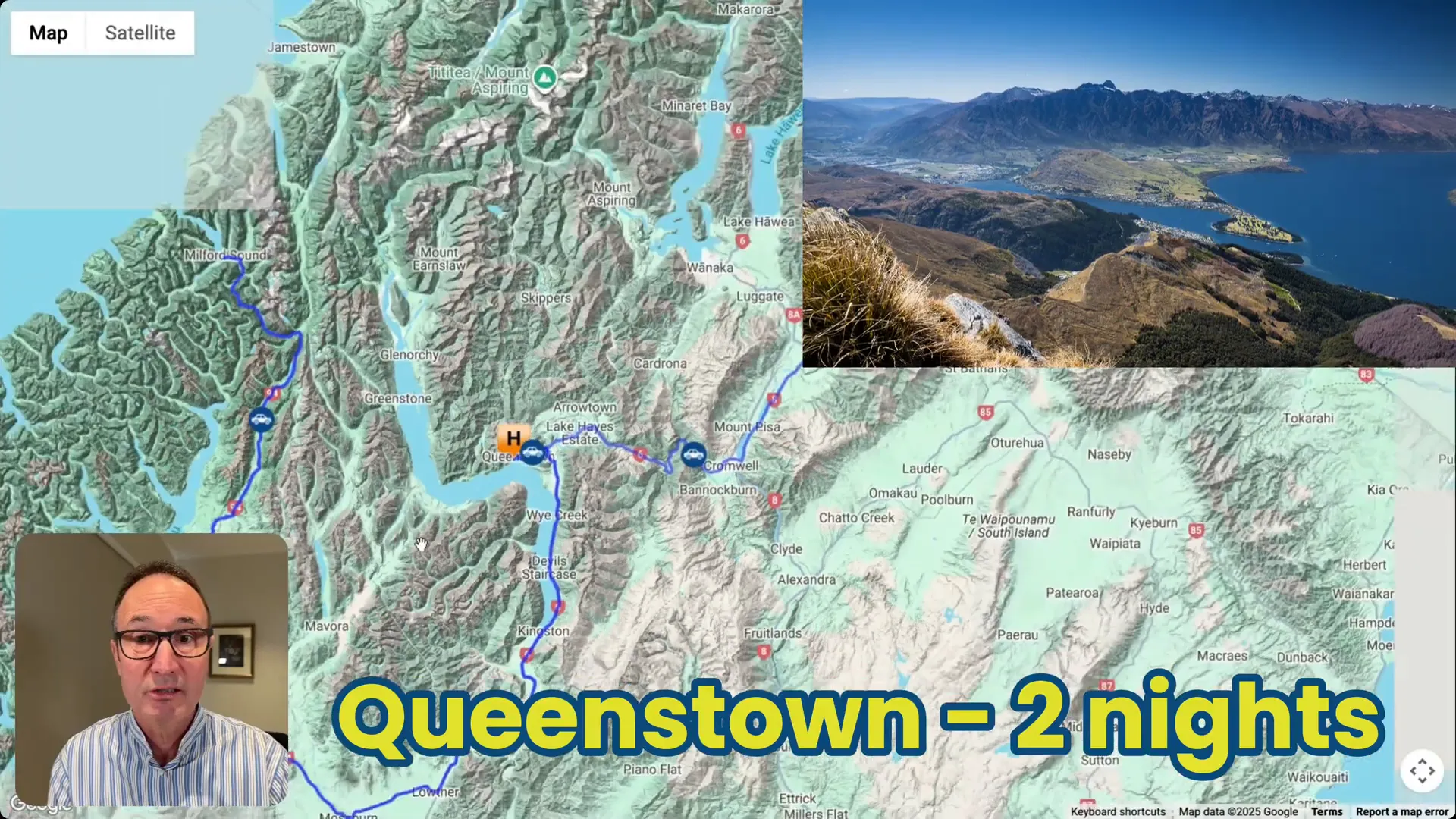
Leave a Reply